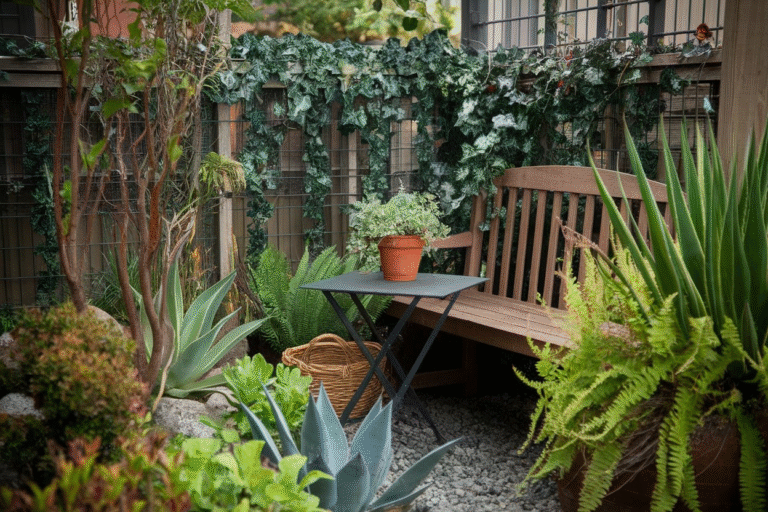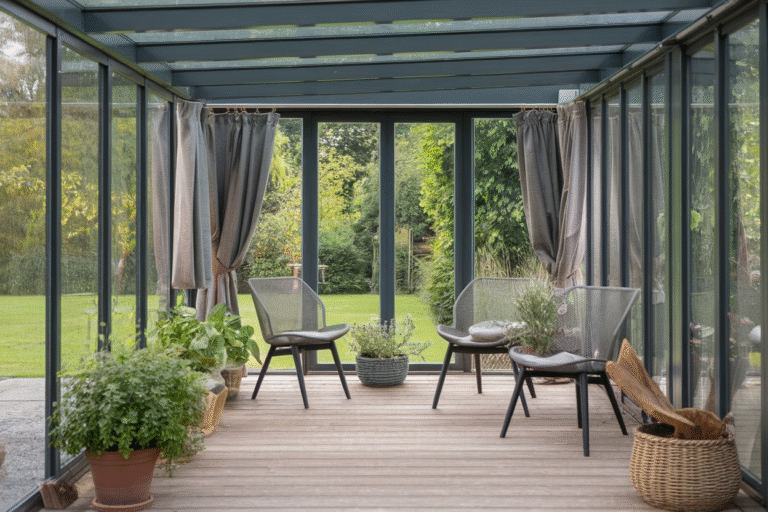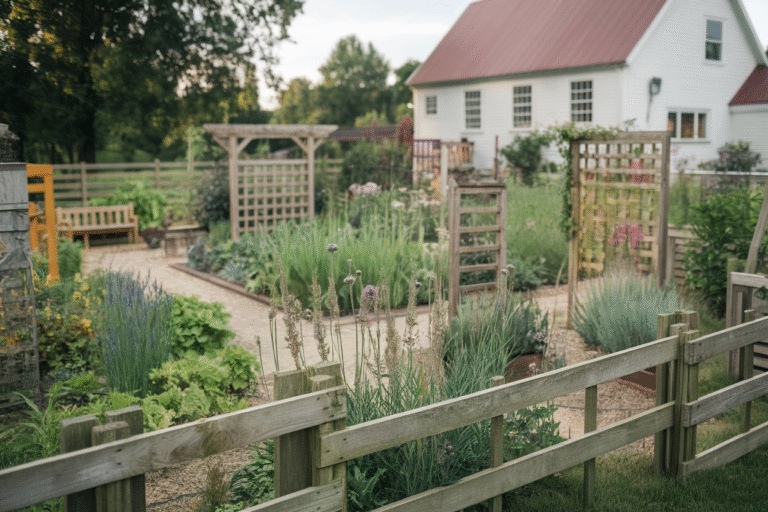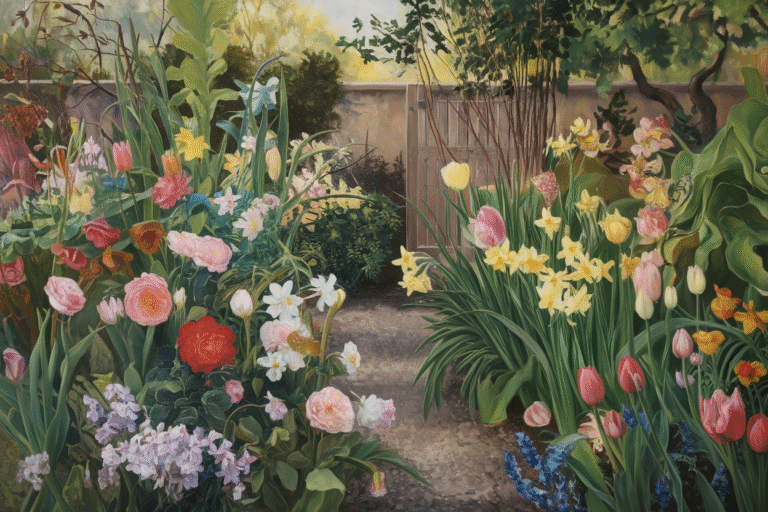23 Garden Layout Design Ideas
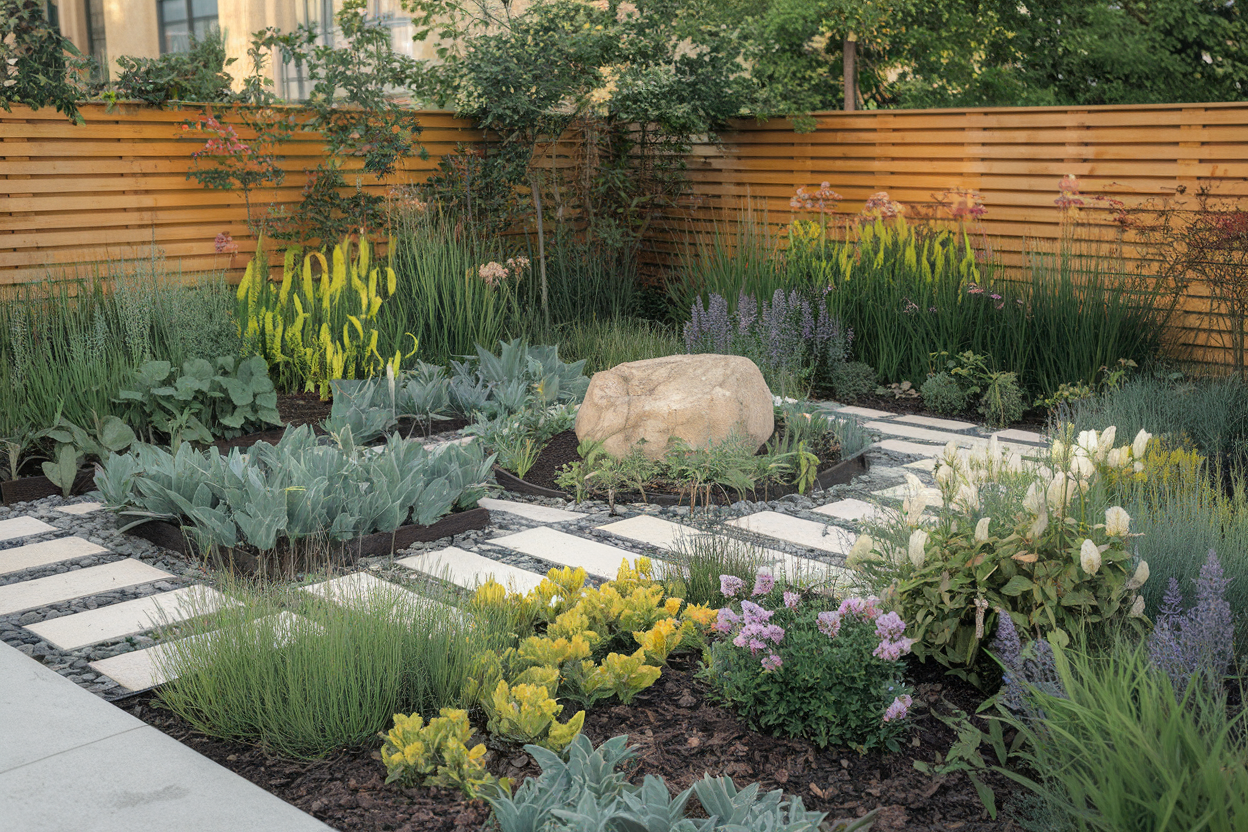
There’s something almost magical about stepping into a well-laid-out garden. It doesn’t matter if it’s sprawling across acres or tucked into a tiny city yard—when a garden layout is thoughtfully designed, it transforms the space. It’s like alchemy for the outdoors.
I still remember my grandmother’s backyard in the countryside. Nothing fancy, but every bed, path, and pot had its place. It had flow, purpose, and a rhythm that soothed you like your favorite song on a quiet morning. That’s the power of a good garden layout—and that’s what we’re diving into today.
1. The Classic Grid Garden
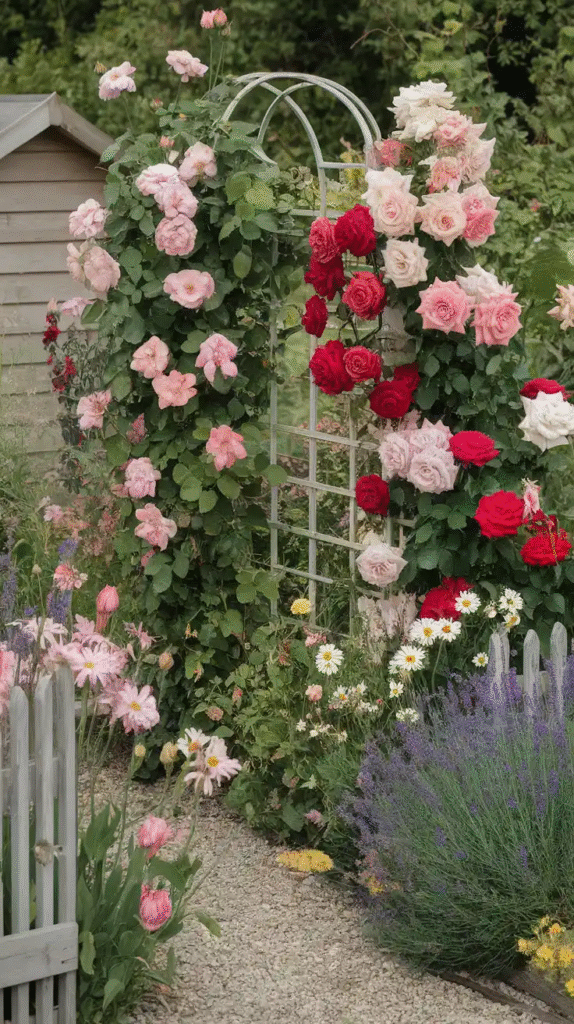
Sometimes, structure is everything. A grid layout divides your garden into clean, manageable sections—ideal for vegetables, herbs, and organized aesthetics. Think of it as the Excel sheet of gardens: logical, tidy, and highly functional.
Use wooden raised beds or stone borders to define sections. Rotate crops annually within the squares to keep your soil and plants healthy. It’s especially good for gardeners who like control, or those with OCD tendencies about their tomato rows.
2. The Cottage Garden Layout
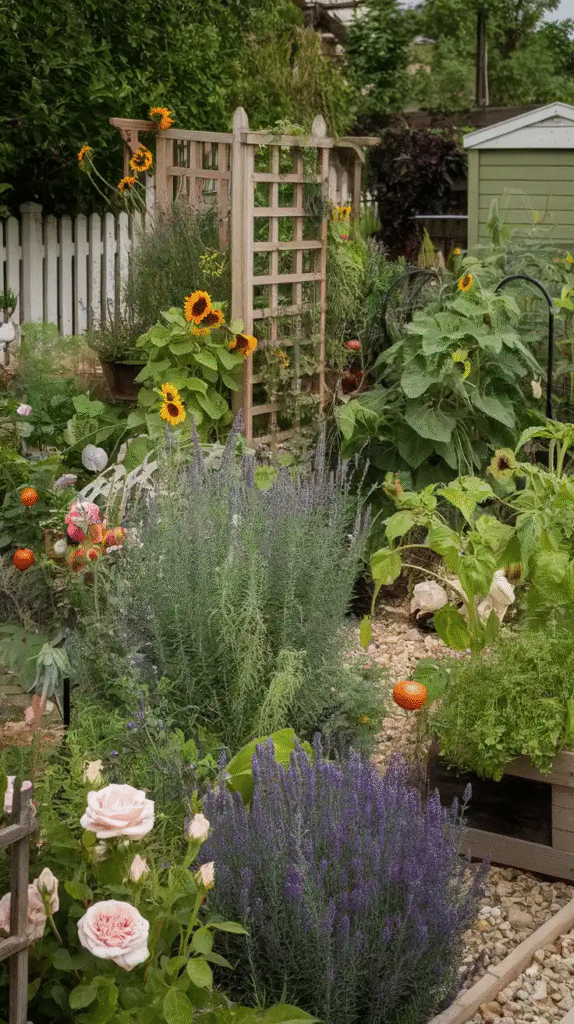
Forget the rules—embrace the chaos, beautifully. A cottage garden layout is a layered, almost wild mixture of flowers, herbs, and even vegetables all grown together. It’s less about clean lines and more about charming abundance.
Plant taller perennials in the back, mid-level bloomers in the center, and border it all with low-growing herbs or ground covers. Curved paths make this layout feel like a dreamy English fairytale.
3. The Herb Spiral
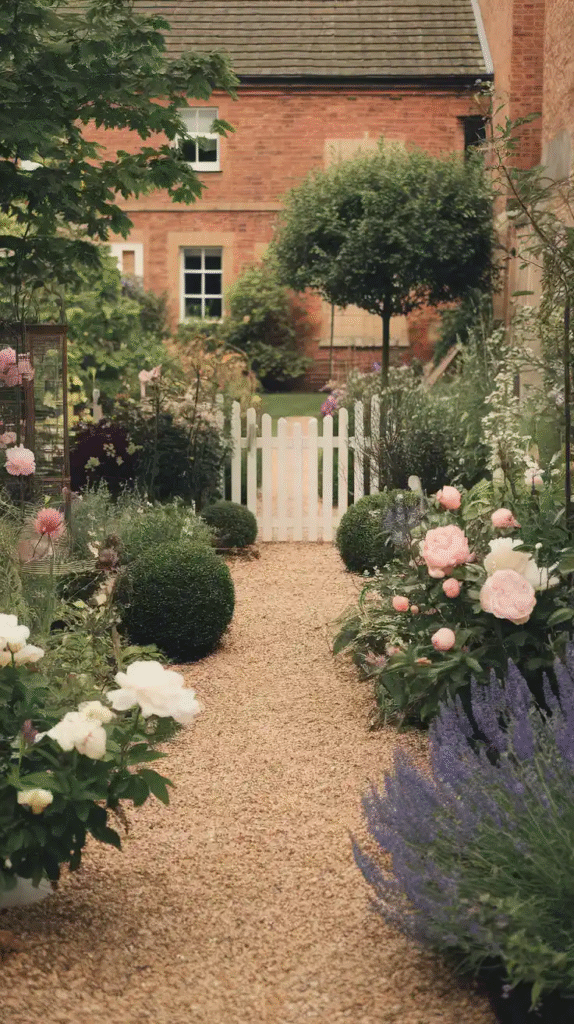
If you’re short on space, this one’s a winner. A herb spiral is a vertical garden that uses a coiled design to grow herbs in microclimates based on elevation and exposure.
The top gets the most sun and drainage—perfect for rosemary or thyme. The base is more moist and shady, ideal for mint or parsley. It’s compact, productive, and a conversation piece all in one.
4. Raised Bed Layout
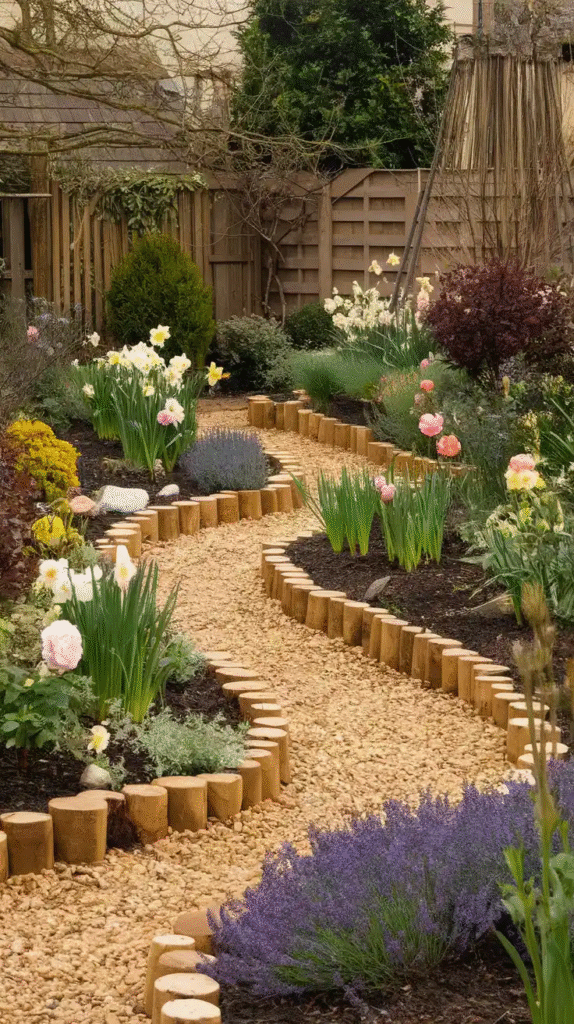
Raised beds are both practical and versatile. They offer better drainage, warm up quicker in spring, and save your back from endless bending. More importantly, you can arrange them however you like—rows, squares, even L-shapes.
Use untreated wood, bricks, or corrugated metal to build the beds. Space them with enough walking room in between, and mulch the pathways to keep weeds at bay.
5. The Zen Garden Layout
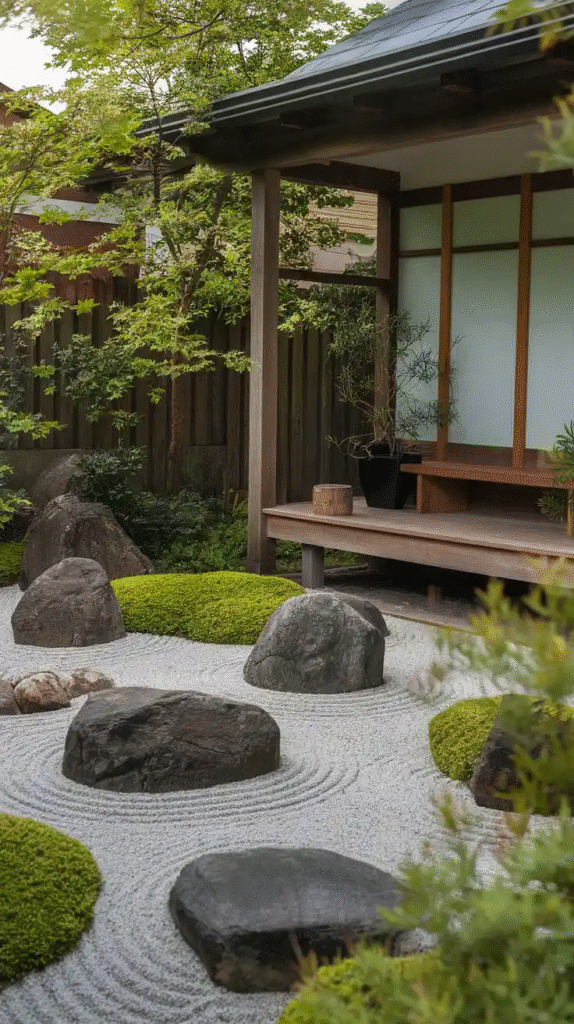
Less is more in a Zen-inspired layout. This design emphasizes open space, textures, and calm energy. Use gravel beds, artfully placed boulders, moss patches, and minimalist greenery like bamboo or dwarf pine.
Add a small water feature for sound and serenity. Walking into a Zen garden should feel like exhaling slowly after a long day.
6. The Vertical Wall Garden
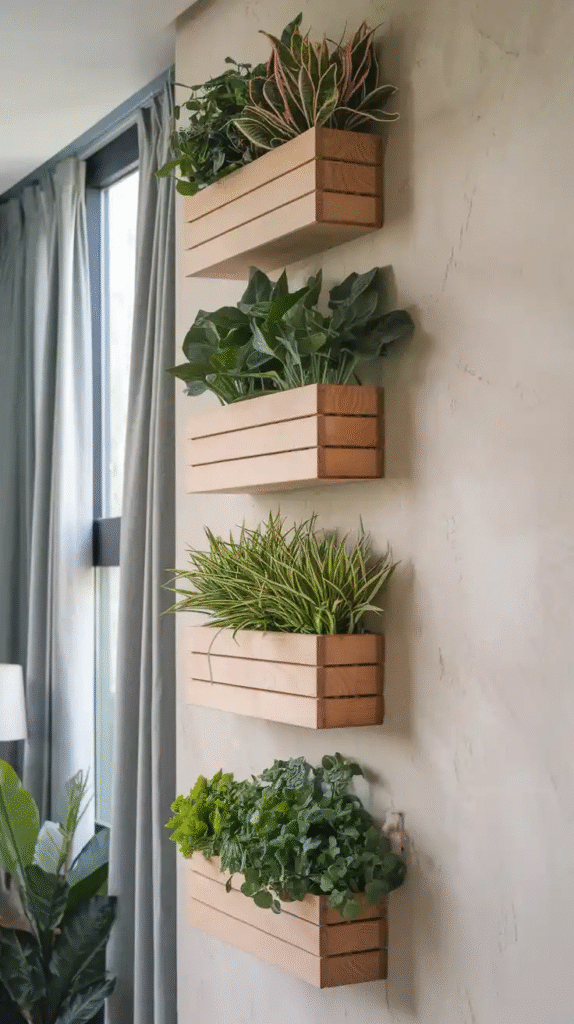
Got no yard? No problem. A vertical garden layout lets you grow up instead of out. Think trellises, wall planters, pocket planters, or stacked crates filled with herbs, lettuce, or flowering vines.
Perfect for balconies, fences, or the side of your shed, this design not only saves space but also adds lush, living art to otherwise dull walls.
7. The Edible Landscaping Layout
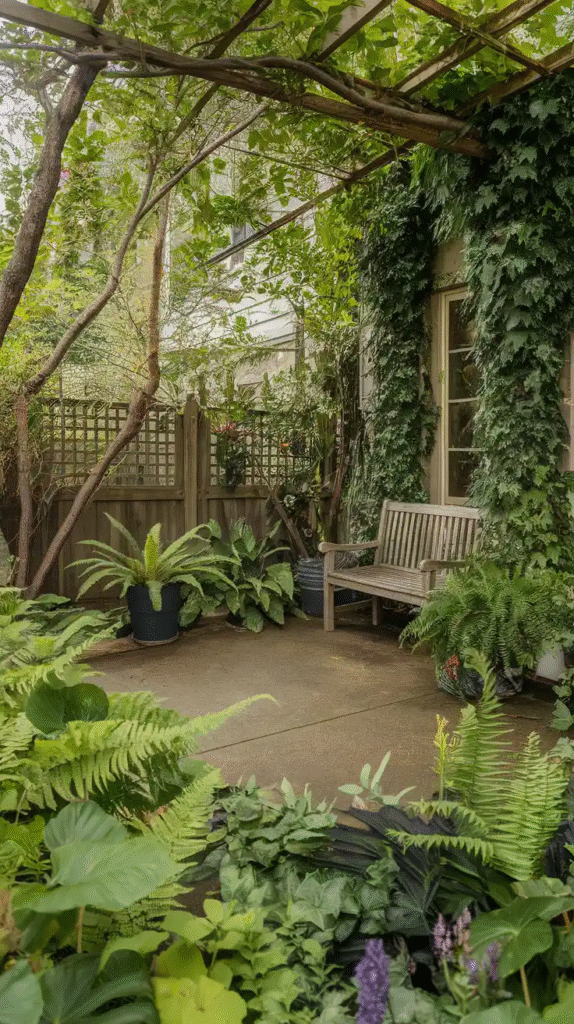
Why not have beauty and bounty? Edible landscaping is a design method where you blend fruits, vegetables, and herbs into ornamental layouts.
Plant blueberry bushes as hedges, use rainbow chard for pops of color, and mix herbs like lavender and thyme into your flower beds. It’s as aesthetic as it is delicious.
8. The Circular Garden Layout
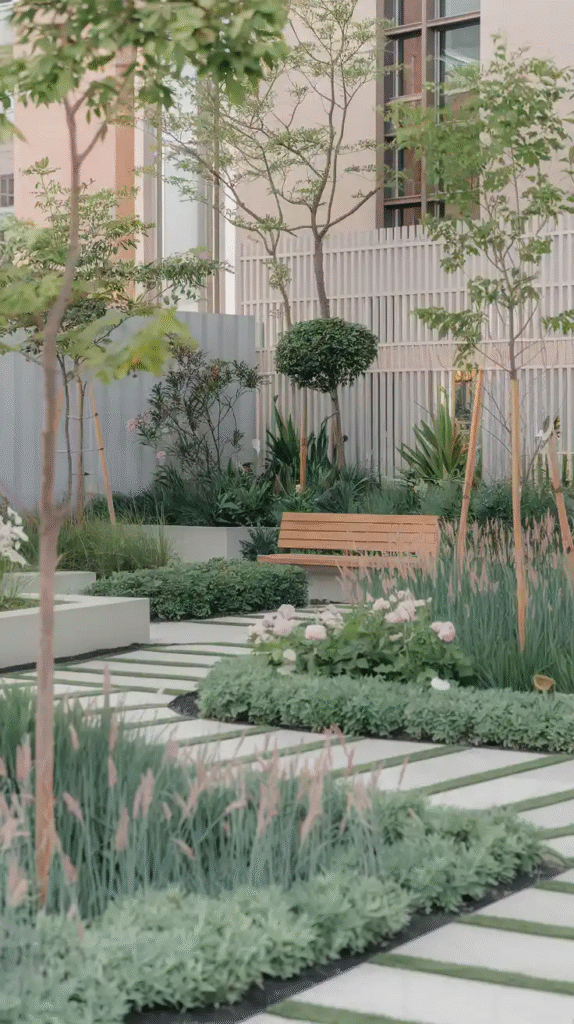
There’s something naturally soothing about circles. A circular layout centers your design around a focal point—perhaps a birdbath, firepit, or statue—then builds out in radiating beds or pathways.
It works wonderfully for both flower and food gardens. Just make sure to leave enough access paths so you’re not trampling your petunias to reach the peas.
9. Keyhole Garden Layout
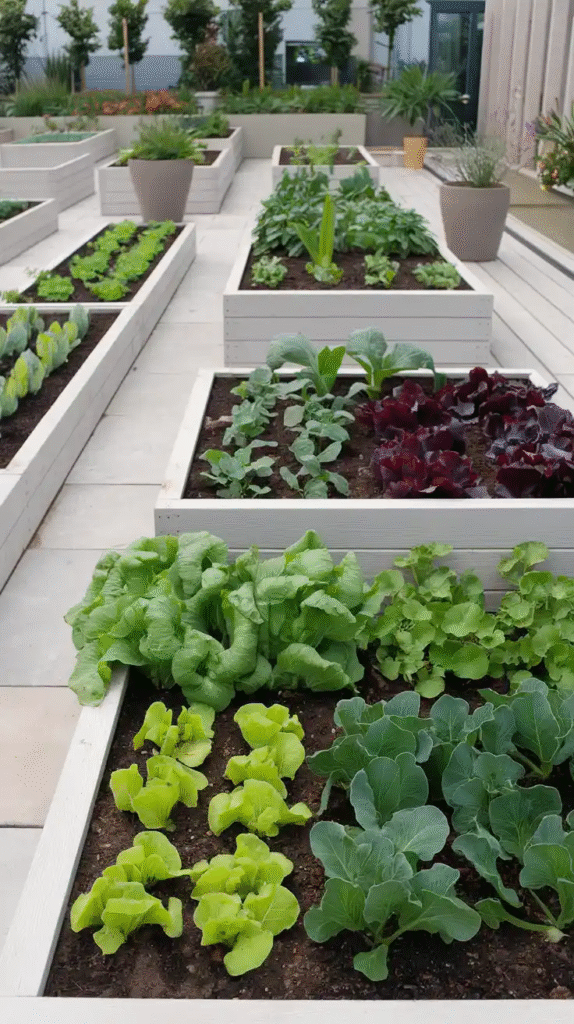
A keyhole garden is a clever, compact design shaped like—yes—a keyhole. It features a circular bed with a center compost basket and a narrow path that lets you reach every part of the garden.
Great for water retention, composting, and tight spaces, this African-inspired design is practical and elegant. Ideal for sustainability-minded gardeners.
10. The Wildlife-Friendly Garden Layout
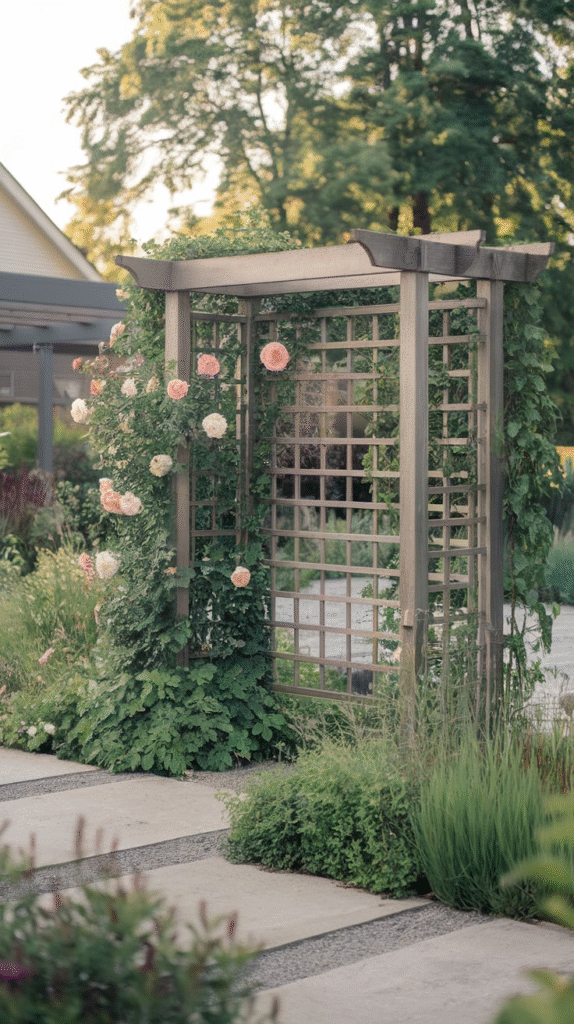
If you’re looking to host more than just humans, a wildlife garden layout includes native plants, flowering shrubs, water sources, and plenty of hiding spots.
Layer shrubs, wildflowers, and grasses. Add logs, stones, or even a bee hotel. Your garden will buzz, flutter, and chirp with happy guests who’ll help with pollination too.
11. The Urban Courtyard Garden Layout
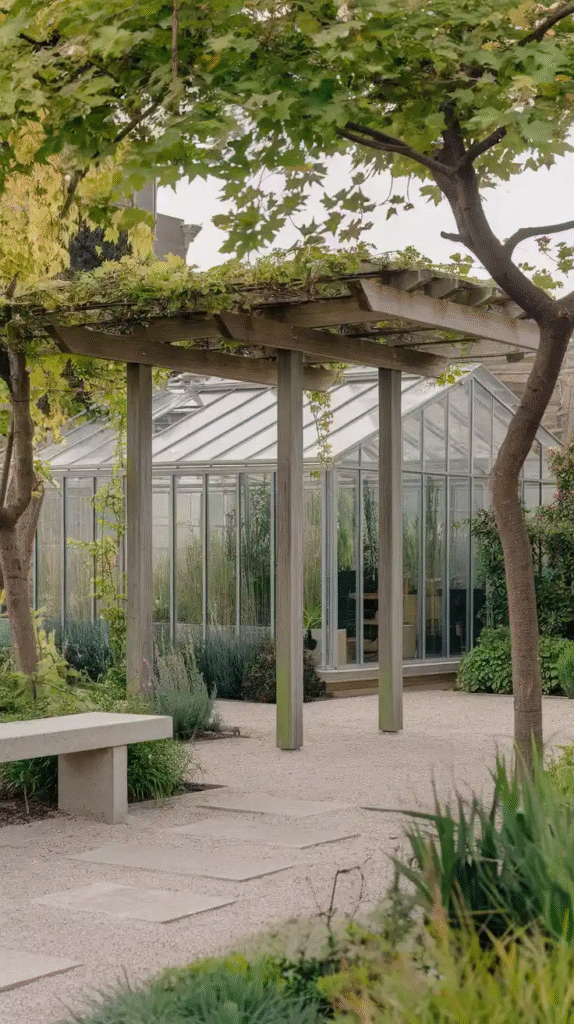
City dwellers, rejoice. A courtyard layout makes use of walls, corners, and small paved spaces. Use containers, vertical planters, wall-mounted lights, and gravel beds to turn tight quarters into green sanctuaries.
Focus on ambiance—string lights, mirrors, or a small fountain can go a long way in transforming the vibe.
12. Mediterranean Garden Layout
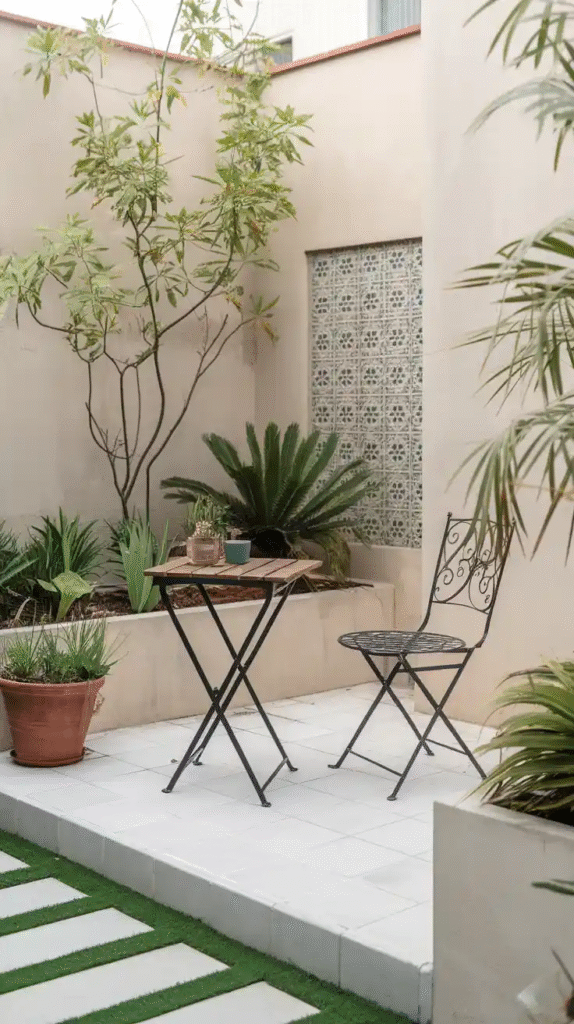
Sun-drenched and aromatic, a Mediterranean layout is perfect for dry climates. Think terracotta pots, gravel paths, olive trees, rosemary, lavender, and tiled patios.
Group plants by water needs, and use stones to retain heat and reduce evaporation. This layout is both drought-friendly and downright gorgeous.
13. The Pergola Garden Layout
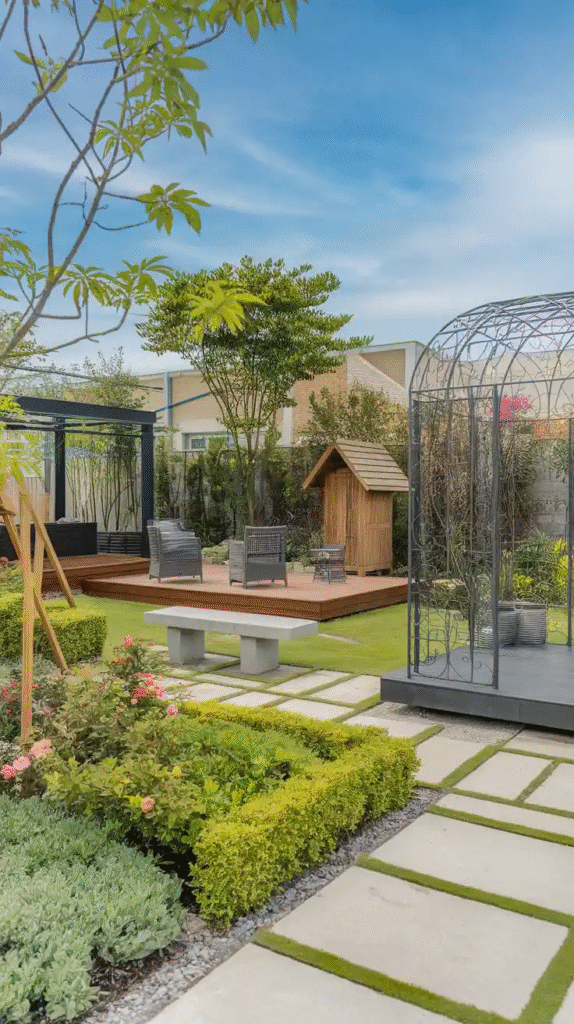
Adding a pergola creates vertical interest and shaded pathways. You can drape it with wisteria, grapes, or climbing roses while planting matching beds alongside.
It doubles as an outdoor room—imagine sipping coffee under your jasmine-covered pergola while bees do their morning rounds nearby.
14. Formal Garden Layout
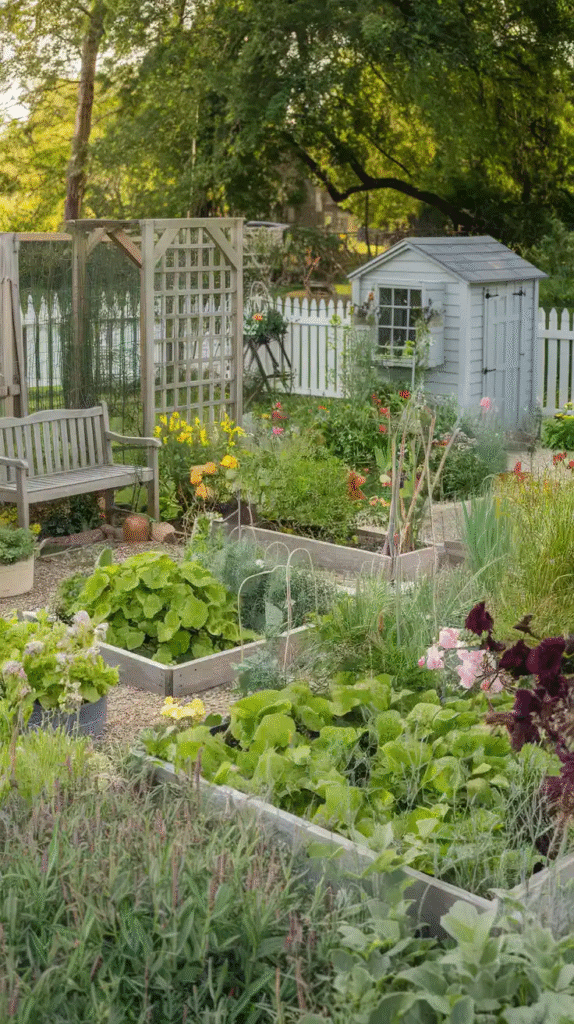
Inspired by European estates, formal gardens are all about symmetry, geometry, and precision. Think boxwood hedges, mirror-image beds, and gravel paths dividing everything into perfect quarters.
This layout requires maintenance but delivers timeless elegance. Ideal for large yards and those who enjoy tidy perfection.
15. The Shade Garden Layout
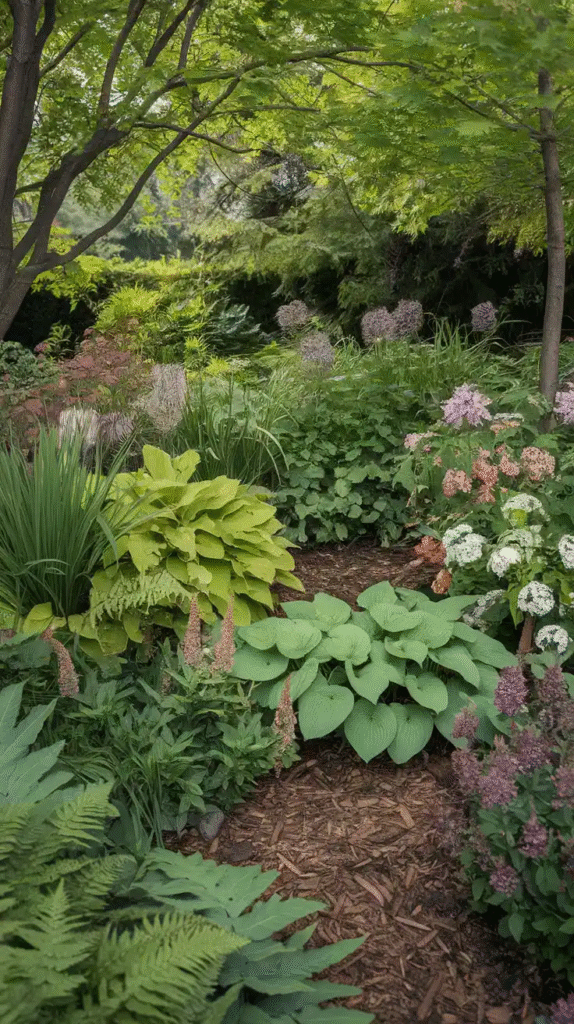
Got more shadows than sunshine? A shade garden layout embraces it. Use hostas, ferns, astilbe, and impatiens to create a lush, layered effect.
Add winding paths and stone benches under tree canopies. Shade gardens feel like secret hideaways—cool, calm, and full of subtle beauty.
16. The Pollinator Pathway
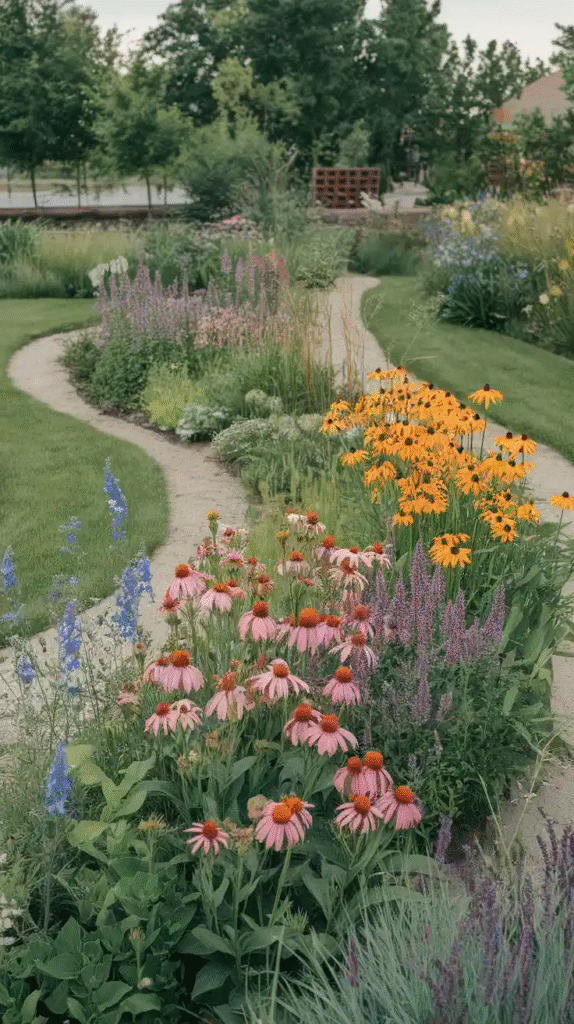
A pollinator layout strings together nectar-rich plants to guide bees, butterflies, and hummingbirds through your garden.
Plant native wildflowers, milkweed, bee balm, and zinnias in curving beds or winding paths. Even a narrow side yard can become a corridor of life and color.
17. The Children’s Garden Layout
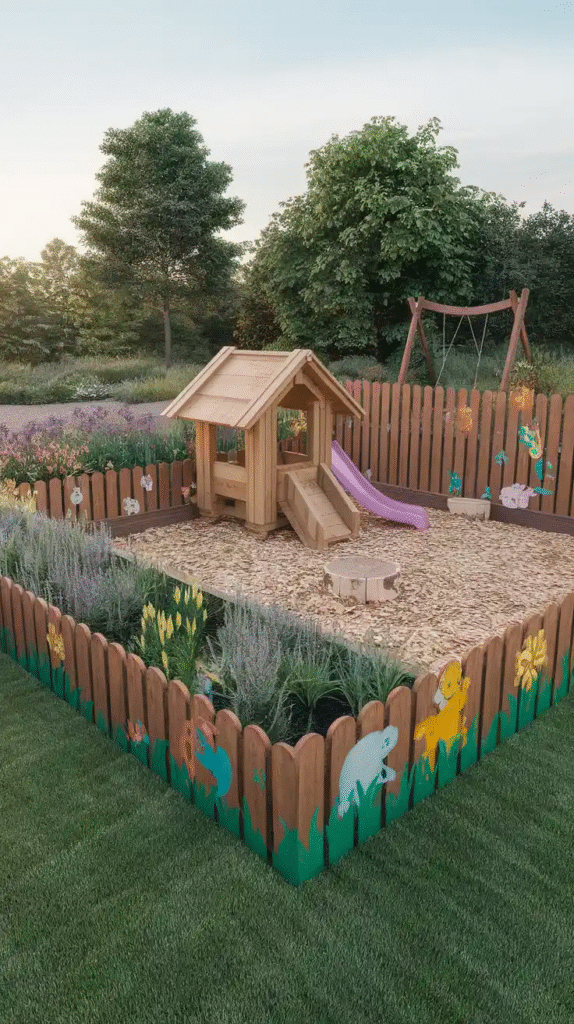
Create a kid-friendly space that encourages learning and play. Designate raised beds for easy access, grow fast-growing crops like radishes and sunflowers, and include whimsical features like stepping stones or a teepee made of pole beans.
This layout not only nurtures plants but curious minds too.
18. The Patio Garden Layout
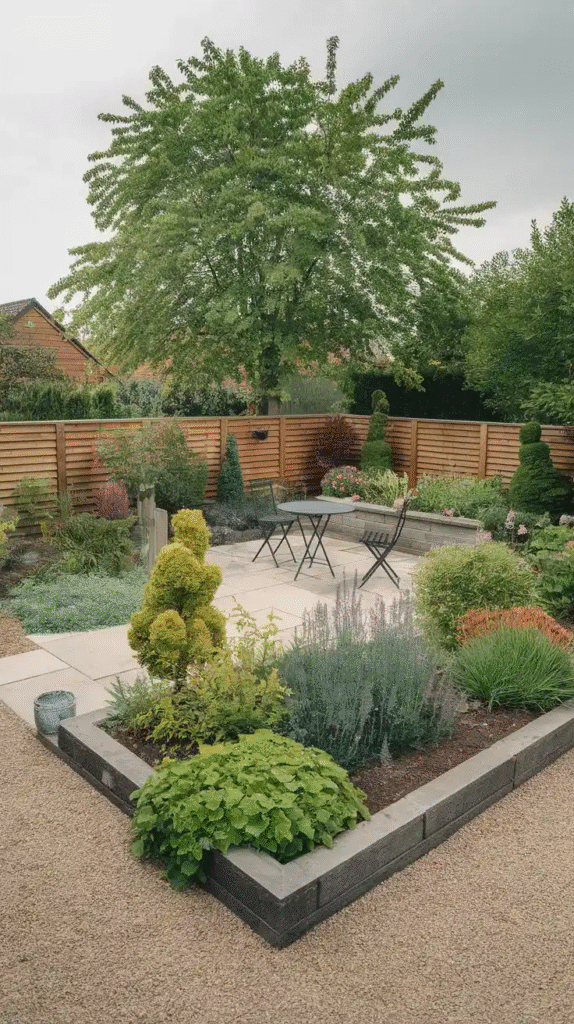
If you have a concrete slab and a dream, a patio garden layout can make it bloom. Use large containers, hanging planters, and tiered shelving to add layers of life.
Cluster pots by sun needs, and mix textures and heights. Add seating so you can soak in your masterpiece with a book and lemonade in hand.
19. The Minimalist Layout
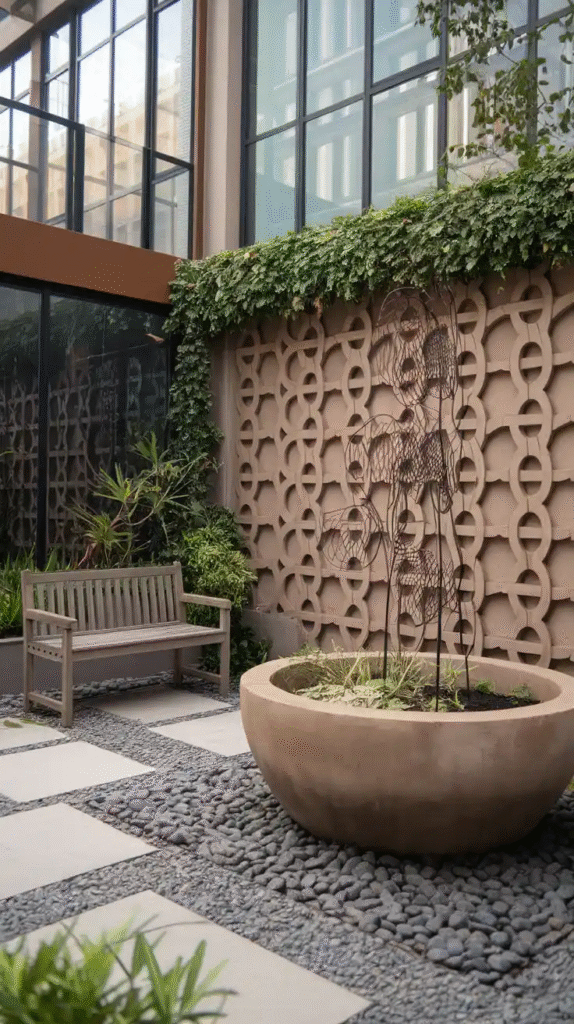
Not every garden needs an explosion of color. A minimalist garden uses clean lines, limited plant palettes, and neutral hardscaping like concrete or black mulch.
Grasses, sculptural succulents, and bonsai fit beautifully here. This layout is calming, modern, and easy to maintain.
20. The Jungle-Inspired Layout
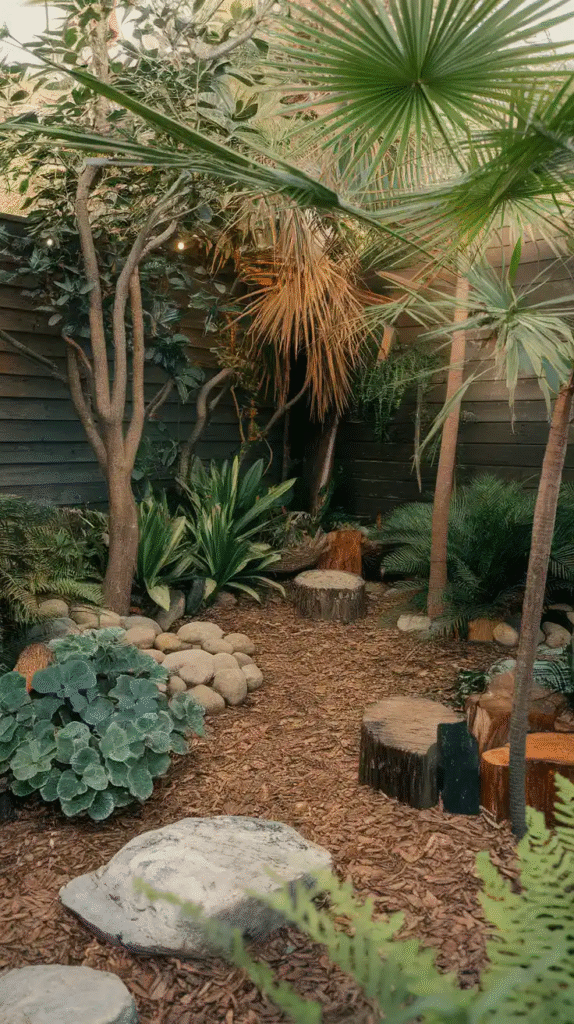
Turn your backyard into a lush, overgrown paradise. A jungle layout uses dense planting, large-leafed species, vines, and hidden nooks to mimic nature’s untamed charm.
Banana plants, canna lilies, elephant ears, and philodendrons are your friends here. Add a hammock for the full jungle explorer vibe.
21. Rooftop Garden Layout
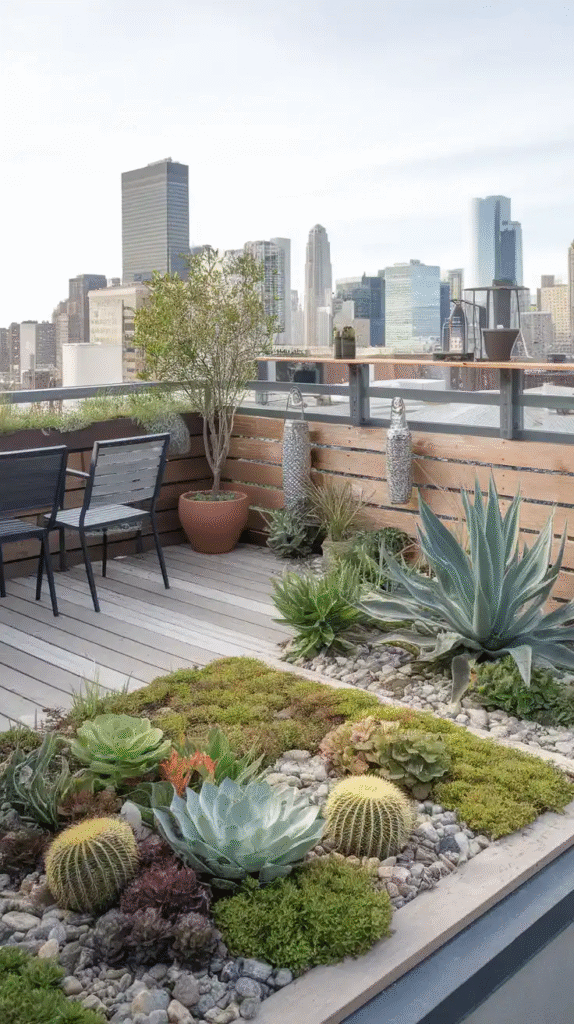
Living above ground doesn’t mean giving up on greenery. A rooftop garden layout uses light containers, wind-tolerant plants, and smart irrigation systems to transform rooftops into havens.
Install a pergola for shade, plant windbreaks like bamboo, and use modular beds to keep things tidy and secure.
22. Mixed Border Layout
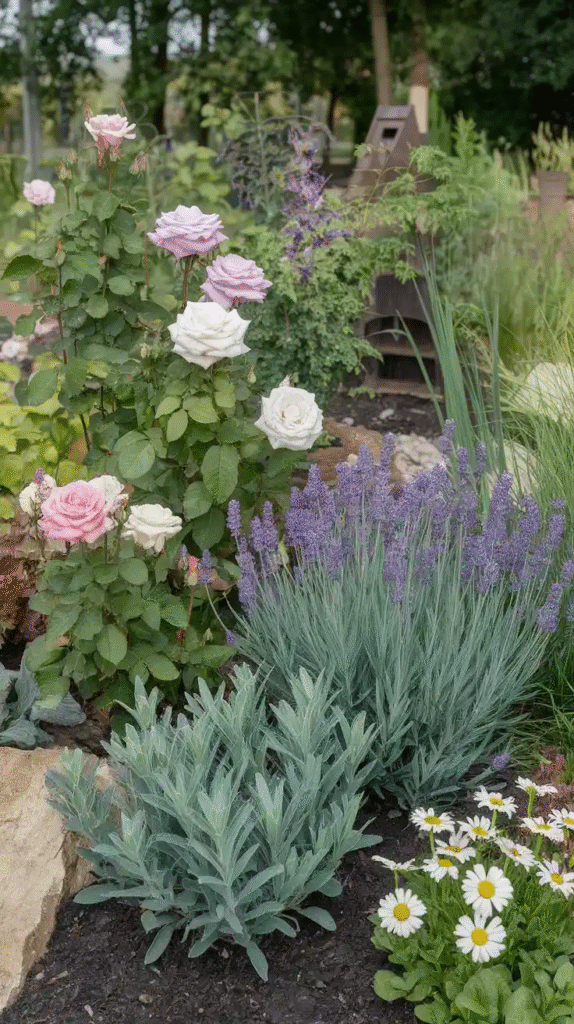
A mixed border layout combines flowers, shrubs, and small trees in sweeping beds along fences or paths. It’s designed for year-round interest with seasonal bloomers and evergreens.
Use a “tall-in-back, low-in-front” strategy. Blend textures, shapes, and colors so the whole scene looks painted rather than planted.
23. DIY Greenhouse Nook Layout
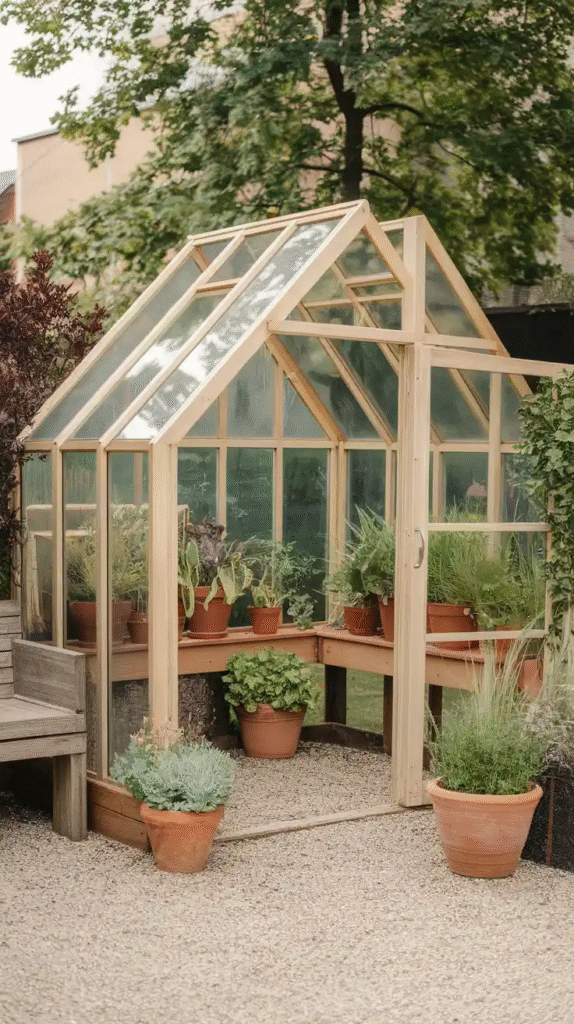
For the gardener who dreams big—even in winter—a greenhouse nook layout includes a small polycarbonate or glass greenhouse nestled within your garden.
Surround it with beds of hardy perennials or edible plants that thrive in shoulder seasons. Your little glasshouse becomes both a plant nursery and a magical retreat.
Conclusion
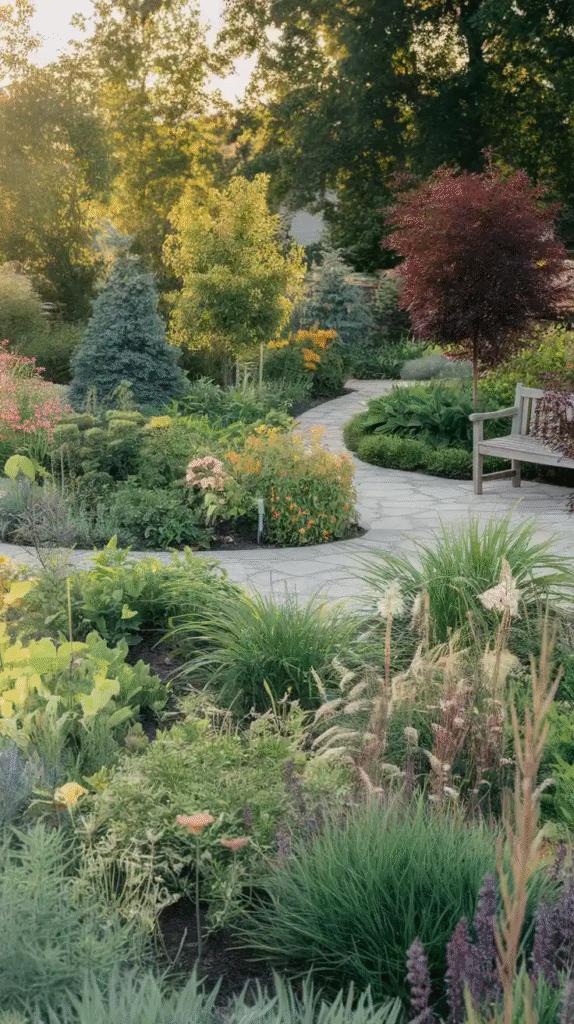
Designing your garden layout is less about rules and more about rhythm. Think of it like writing music—you need contrast, flow, emotion, and a bit of improvisation. Let your personality shape the space. Do you like order or whimsy? Texture or bloom? Quiet corners or buzzing life?
Take one of the layouts above and make it yours. Combine elements, break the “rules,” and most importantly, observe how your space behaves—sunlight, soil, water, wind. These are your collaborators, not just environmental conditions.
When in doubt, start small. One bed. One corner. One idea. Gardens, like people, grow best when they’re loved into being.
If you’re still unsure which layout fits your space, personality, and gardening goals best—don’t rush it. Walk the perimeter of your yard with a notebook. Sketch what you imagine. Then build with joy.

